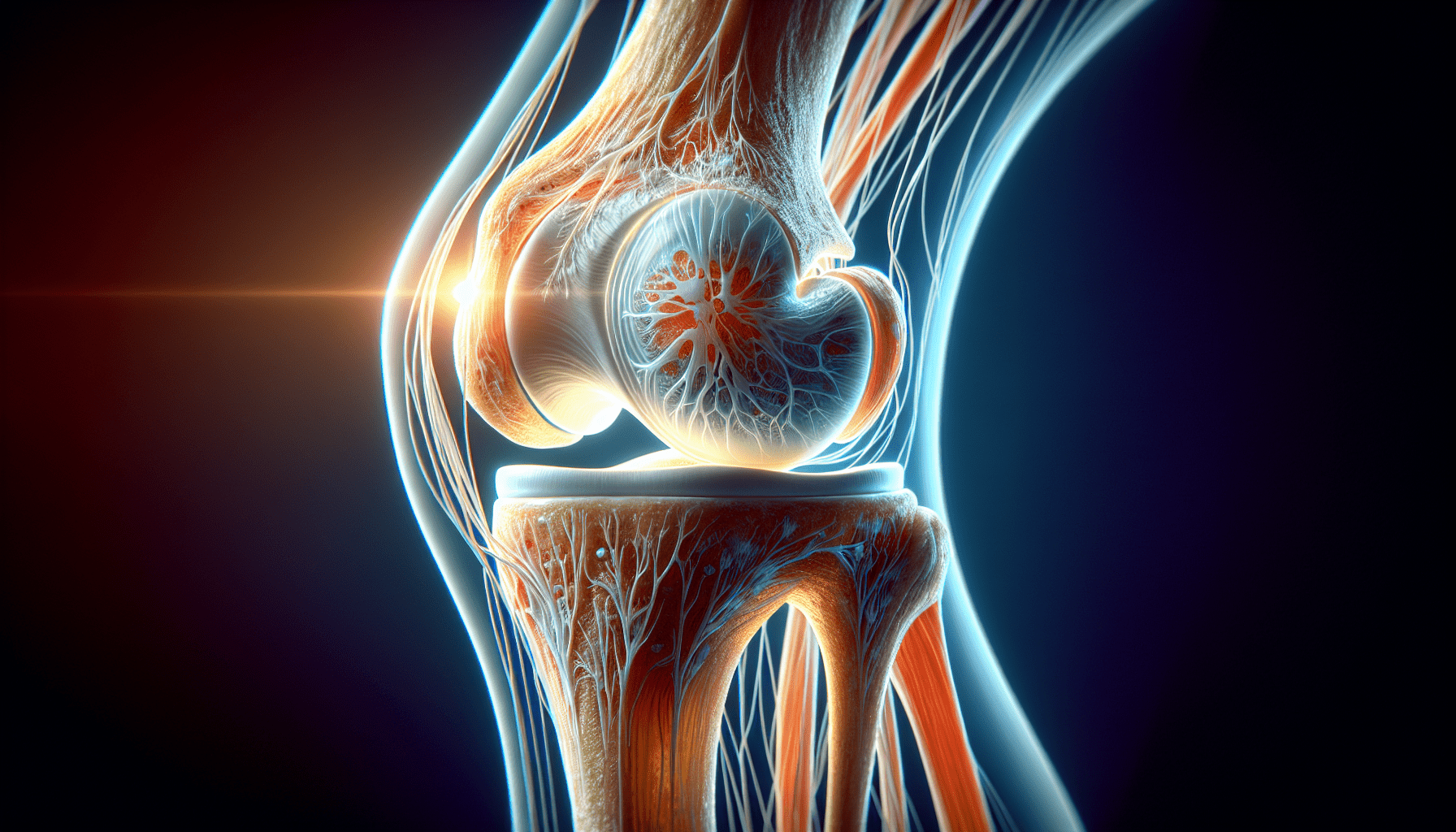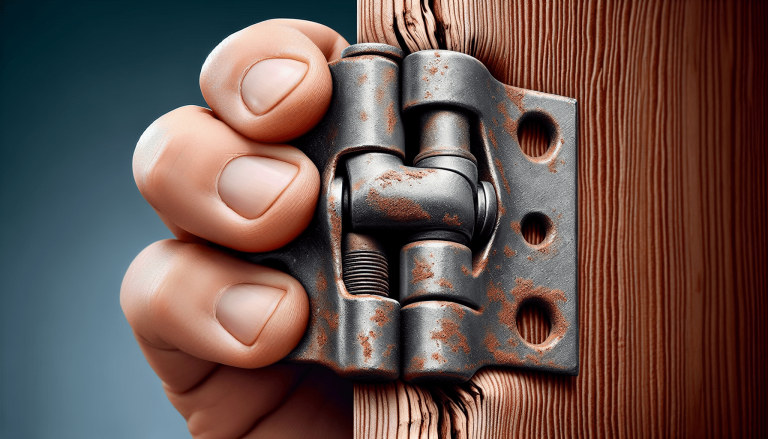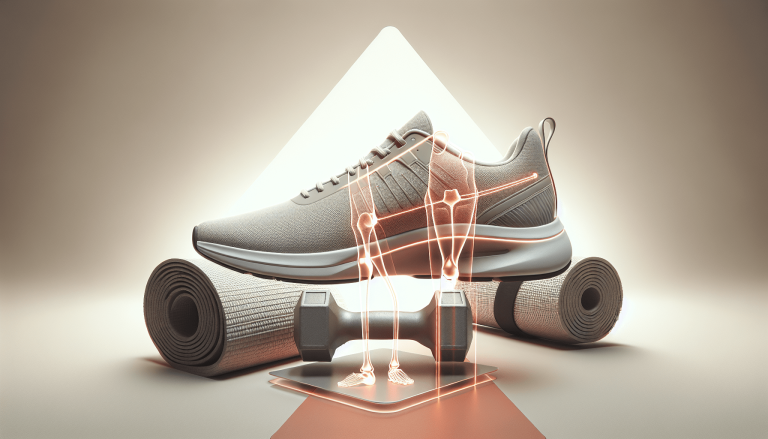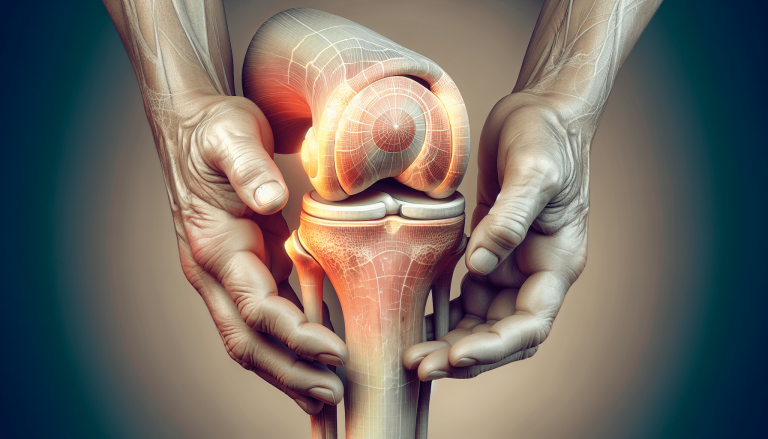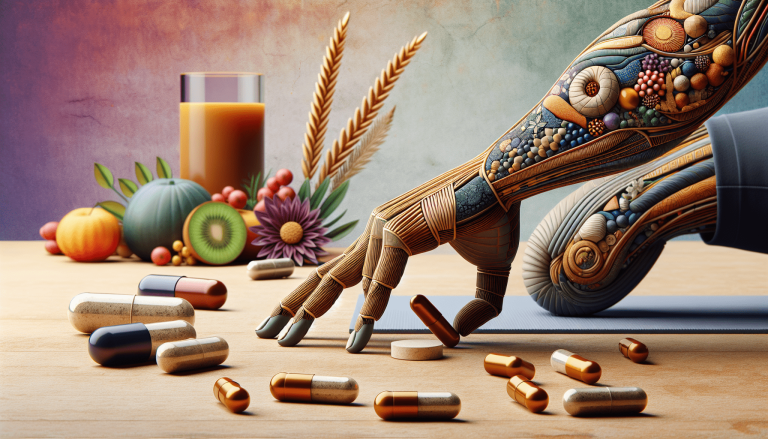Can Joint Health Be Improved?
Can joint health be improved? It’s a question that many people, young and old, find themselves asking. Whether you’re dealing with the early signs of arthritis or you simply want to maintain your flexibility and strength as you age, you’re probably wondering what steps you can take to ensure your joints are in their best possible shape.
Understanding Joint Health
What Are Joints?
Your joints are the places in your body where two bones meet. They allow you to bend your knees, wiggle your fingers, and nod your head. Joints are complex structures made up of bones, cartilage, ligaments, tendons, and other tissues that all work together to facilitate smooth movement.
Types of Joints
There are several types of joints in your body, each serving a different function. Understanding these can help you better comprehend why some joints might give you more trouble than others.
| Joint Type | Description | Examples |
|---|---|---|
| Synovial Joints | Most common; these joints are freely movable and contain synovial fluid for lubrication. | Knees, shoulders, elbows |
| Cartilaginous Joints | Allow more movement than fibrous joints but less than synovial joints. | Spine, ribs |
| Fibrous Joints | Immovable or slightly movable; connected by dense, tough connective tissue. | Skull, pelvis |
Why Joint Health Matters
Healthy joints are crucial for maintaining your mobility and overall quality of life. When joints become damaged or worn out, it can lead to pain and decreased mobility, impacting your daily activities and overall well-being.
Common Issues Affecting Joint Health
Arthritis
Arthritis is one of the most common joint disorders. There are several types of arthritis, but the two most prevalent are osteoarthritis and rheumatoid arthritis.
- Osteoarthritis: Often referred to as “wear-and-tear” arthritis, it occurs when the cartilage that cushions your joints breaks down over time.
- Rheumatoid Arthritis: This is an autoimmune condition where your immune system mistakenly attacks the lining of your joints, causing inflammation and damage.
Injuries
Joint injuries can happen to anyone, from athletes to office workers. Common joint injuries include sprains, strains, and fractures.
- Sprains: Stretching or tearing of ligaments.
- Strains: Stretching or tearing of muscles or tendons.
- Fractures: Breaks in the bone, which can severely affect the joint’s functioning.
Age-Related Changes
As you age, your joints naturally undergo changes. The cartilage may thin, the synovial fluid may decrease, and the ligaments can become shorter and less flexible. These changes can make your joints stiffer and more prone to injuries.
Can Joint Health Be Improved?
Good News: It’s Possible!
The answer is a resounding yes! You can take several steps to improve your joint health, no matter your age or current condition. Transitioning to a joint-healthy lifestyle can help you maintain or even regain your mobility and comfort.
Lifestyle Changes
Adopting a healthy lifestyle is one of the best things you can do for your joints. Let’s break down some key lifestyle changes that can make a big difference.
Exercise
Your joints need regular movement to stay healthy. Exercise strengthens the muscles around the joints, helps maintain joint flexibility, and can reduce pain and stiffness.
Types of Exercises
| Exercise Type | Benefits | Examples |
|---|---|---|
| Strength Training | Builds muscles to support joints | Weight lifting, resistance bands |
| Aerobic Exercise | Improves cardiovascular health and stamina | Walking, cycling, swimming |
| Flexibility Training | Enhances range of motion and reduces stiffness | Stretching, yoga |
Make sure to start slow and consult a healthcare provider if you’re new to exercise or have existing joint problems.
Weight Management
Maintaining a healthy weight is crucial for joint health. Carrying extra weight can put added stress on your joints, particularly the weight-bearing ones like your knees, hips, and back.
How Weight Affects Joints
Every extra pound of body weight adds about four pounds of pressure on your knee joints. Losing weight can significantly decrease the strain on your joints, potentially reducing pain and slowing the progression of joint damage.
Nutrition
A balanced diet rich in nutrients can support joint health. Some nutrients are particularly important for maintaining healthy joints.
| Nutrient | Role in Joint Health | Food Sources |
|---|---|---|
| Omega-3 Fatty Acids | Reduces inflammation | Fish, flaxseeds, walnuts |
| Vitamin D | Promotes calcium absorption | Sunlight, fortified milk, eggs |
| Calcium | Strengthens bones | Dairy products, leafy greens, almonds |
| Glucosamine | Supports cartilage health | Shellfish, supplements |
Hydration
Staying well-hydrated is crucial for joint health. Water helps maintain the lubrication and cushioning of your joints, reducing friction and wear.
Sleep
Quality sleep is essential for your overall health, including your joints. During sleep, your body repairs and rejuvenates itself, which includes healing and strengthening your joints.
Medical Treatments
Over-the-Counter and Prescription Medications
For those who need a little extra help managing joint pain and inflammation, there are several OTC and prescription medications available.
| Medication Type | Examples | Purpose |
|---|---|---|
| NSAIDs | Ibuprofen, naproxen | Reduce inflammation and pain |
| Analgesics | Acetaminophen | Reduce pain but not inflammation |
| corticosteroids | Prednisone | Strong anti-inflammatory effects, prescribed for severe cases |
Always consult a healthcare provider before starting any new medication.
Physical Therapy
Physical therapy can be highly beneficial for those suffering from joint issues. A physical therapist can guide you through exercises designed to strengthen the muscles around your joints, improve flexibility, and reduce pain.
Surgical Options
In severe cases where other treatments haven’t provided relief, surgical options may be considered. These can range from minimally invasive arthroscopy to joint replacement surgeries.
| Surgical Option | Description |
|---|---|
| Arthroscopy | Minimally invasive procedure to repair joint damage |
| Joint Resurfacing | Partial replacement to preserve more of the original joint structure |
| Total Joint Replacement | Replacement of the entire joint with an artificial one |
Complementary and Alternative Therapies
Acupuncture
Acupuncture involves inserting fine needles into specific points on the body to relieve pain and improve joint function. Some studies suggest that it can be effective for managing joint pain and stiffness.
Massage Therapy
Massage can help reduce muscle tension, improve circulation, and reduce joint pain. It’s especially beneficial when performed by a therapist trained in dealing with musculoskeletal issues.
Supplements
Several supplements can support joint health. However, it’s essential to speak with a healthcare provider before adding any supplements to your regimen.
| Supplement | Potential Benefits |
|---|---|
| Glucosamine | May support cartilage health |
| Chondroitin | Often taken with glucosamine for joint health |
| Turmeric | Contains curcumin, which has anti-inflammatory properties |
| Fish Oil (Omega-3s) | Reduces inflammation |
Herbal Remedies
Certain herbs are known for their anti-inflammatory and pain-relieving properties. Examples include turmeric, ginger, and boswellia.
Preventive Measures for Joint Health
Posture and Ergonomics
Maintaining good posture and using ergonomic tools can reduce the strain on your joints. This is particularly important if you spend long hours sitting at a desk or performing repetitive tasks.
Warm-Up and Cool-Down Routines
When engaging in physical activities, make sure to warm up before exercising and cool down afterward. This can help prepare your joints for activity and prevent injuries.
Proper Footwear
Wearing supportive footwear can significantly affect joint health, especially for your knees and hips. Opt for shoes that provide good arch support and cushioning.
Conclusion
Improving and maintaining joint health is a multifaceted approach that involves lifestyle changes, medical treatments, and preventive measures. By understanding the importance of your joints and taking proactive steps, you can enhance your mobility, reduce pain, and improve your overall quality of life. Always consult with healthcare providers before making significant changes to your lifestyle or treatment plan to ensure you’re doing what’s best for your unique situation.
Additional Resources
The researchers found it….
The real core cause of joint pain, chronic arthritis, stiffness and bone problems… but it’s not looking pretty. So if you suffer from any of the above, read below as it’s crucial for your health and future…
Go here now and see for yourself…
Now I warn you, I haven’t seen anything like this in quite some time.
The real reason why your joints hurt is deep hidden inside a core area of your body, but it’s not your arms or legs…. As these private doctors found the reason, they showed how easy joint pain actually is to be fixed. All this pain, all these years… fixable with some daily habit they developed… takes less than 40 seconds in the afternoon.
This is helping 3,419 men and women every day stop their pain.
So do you want to be amongst them? Don’t waste another second and check these findings…


